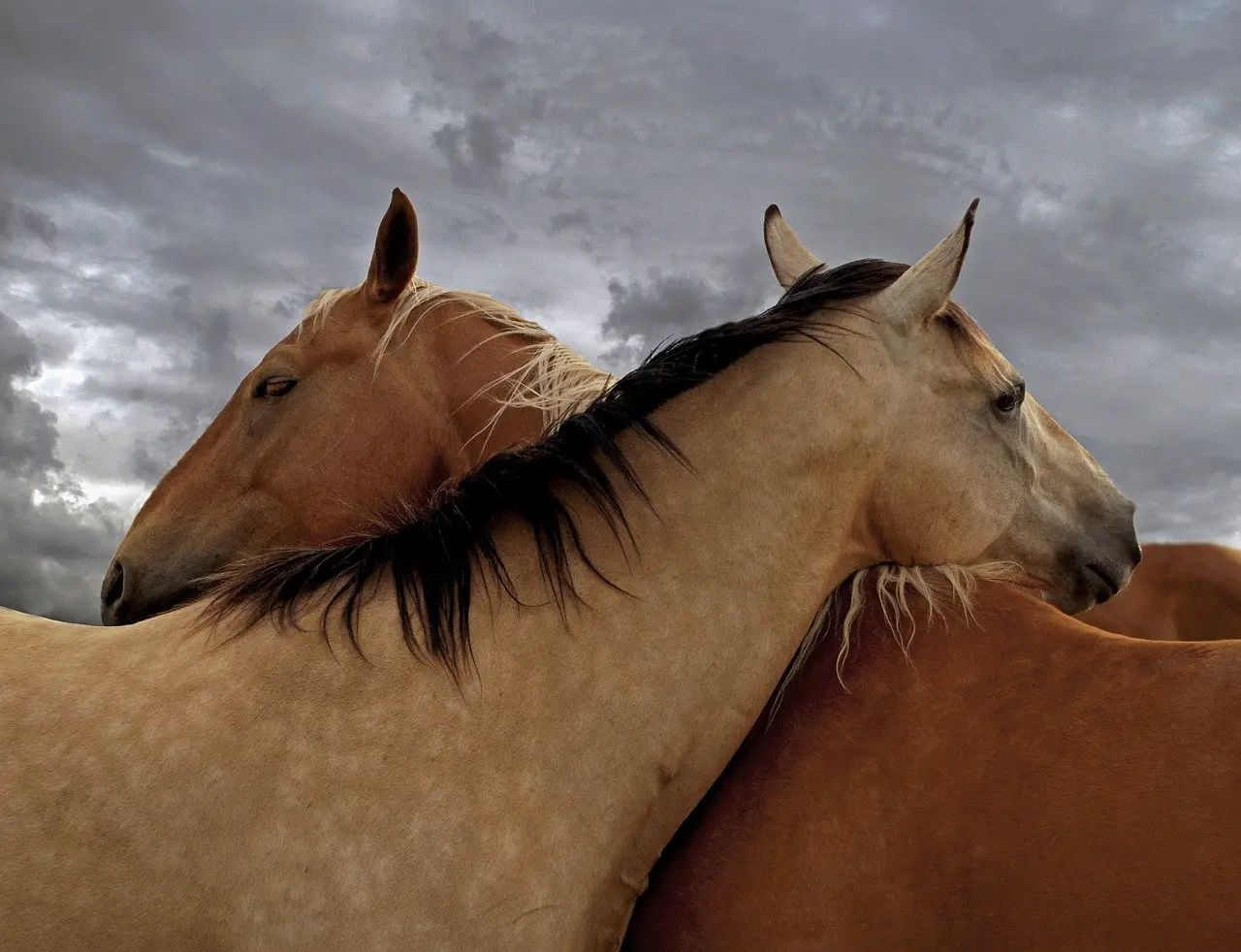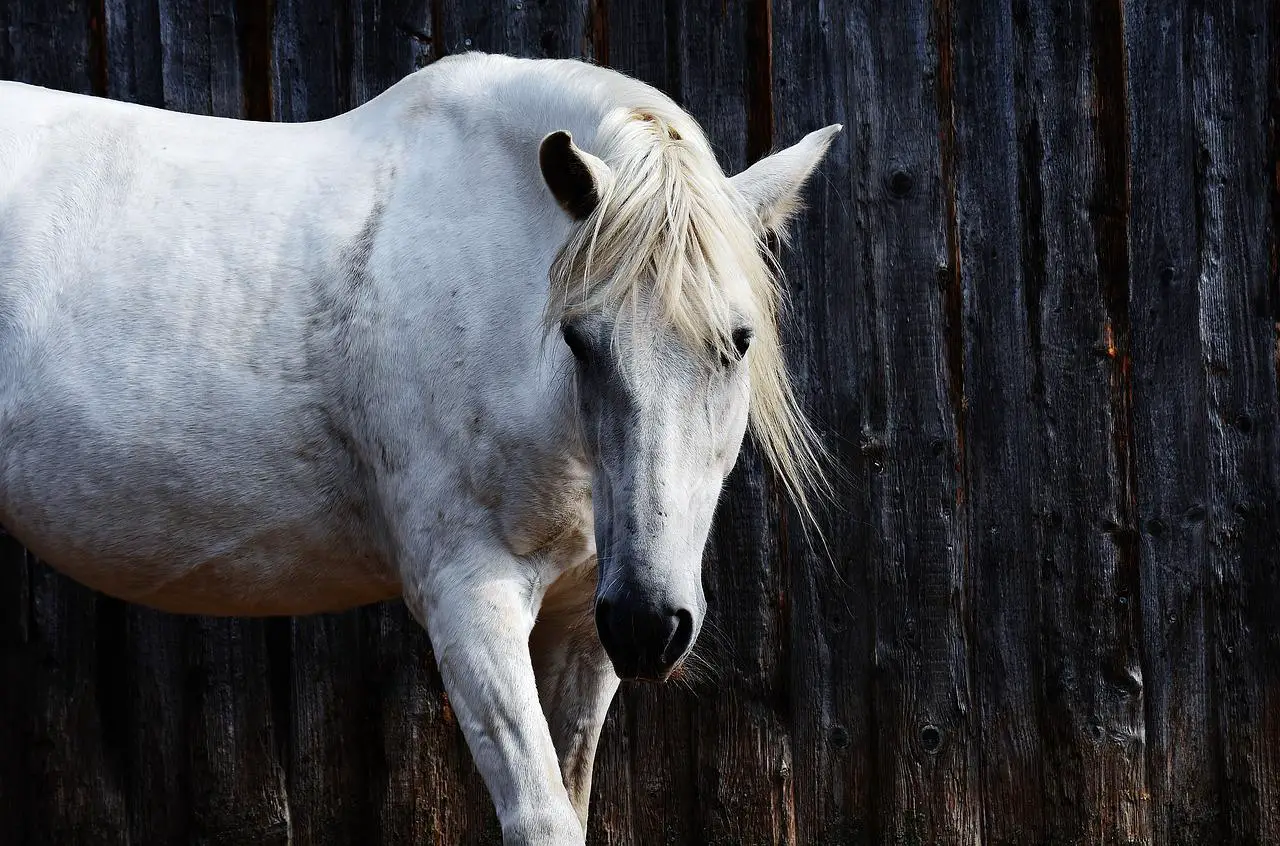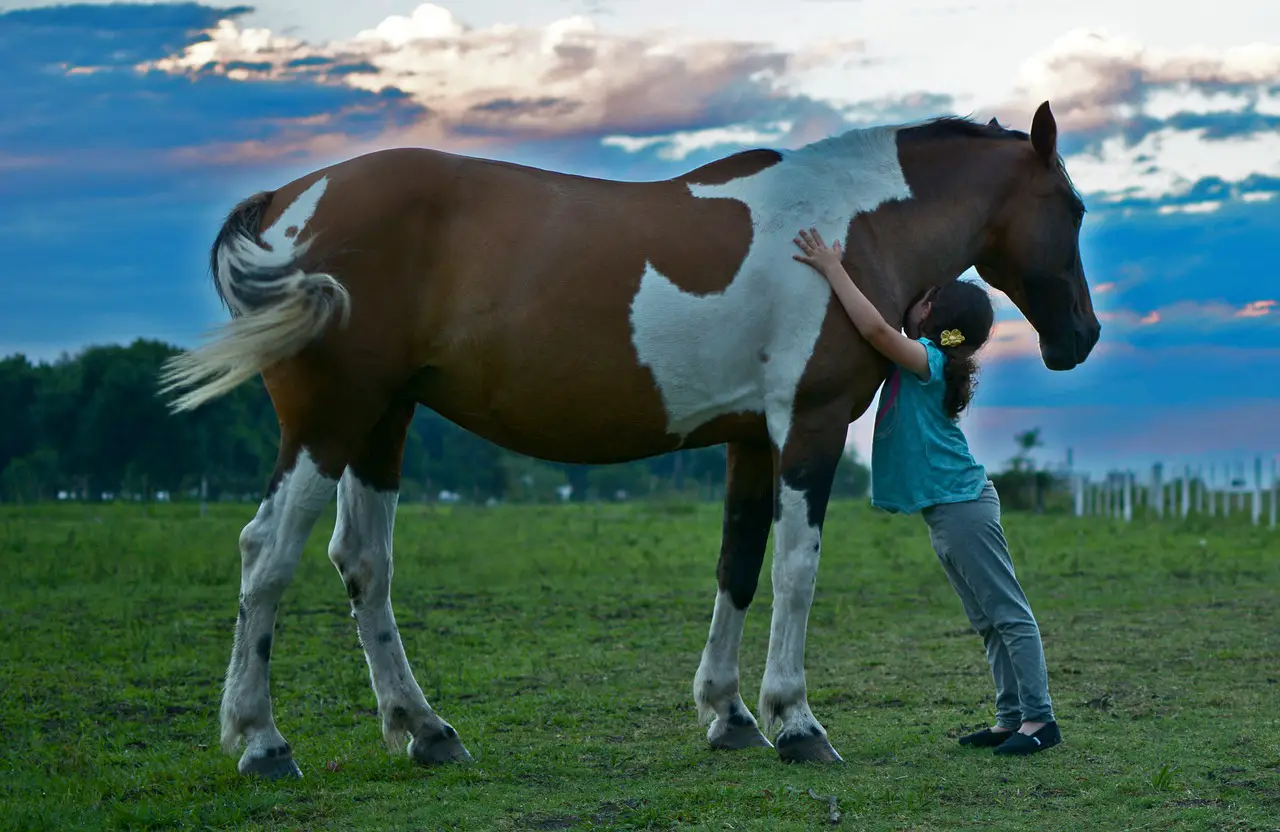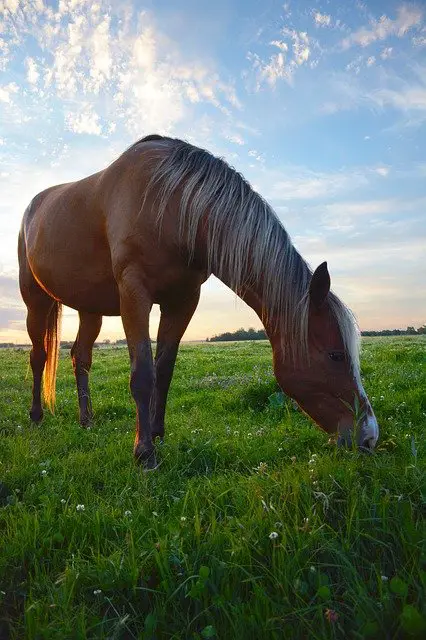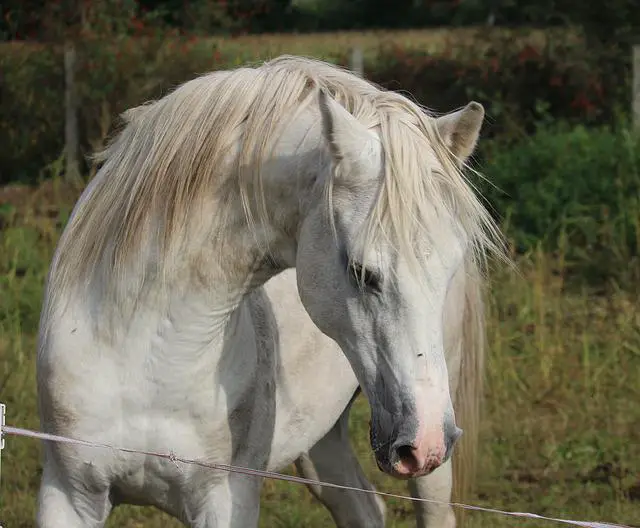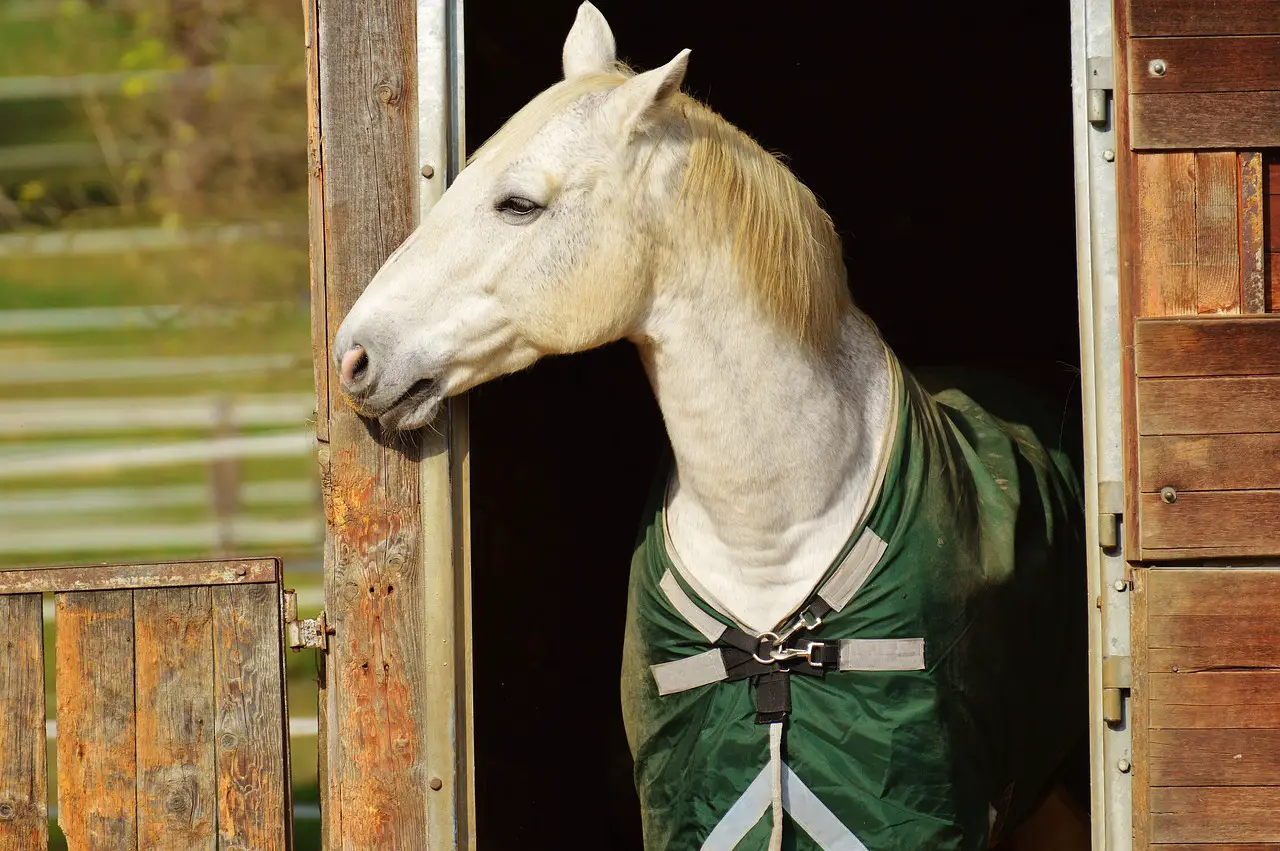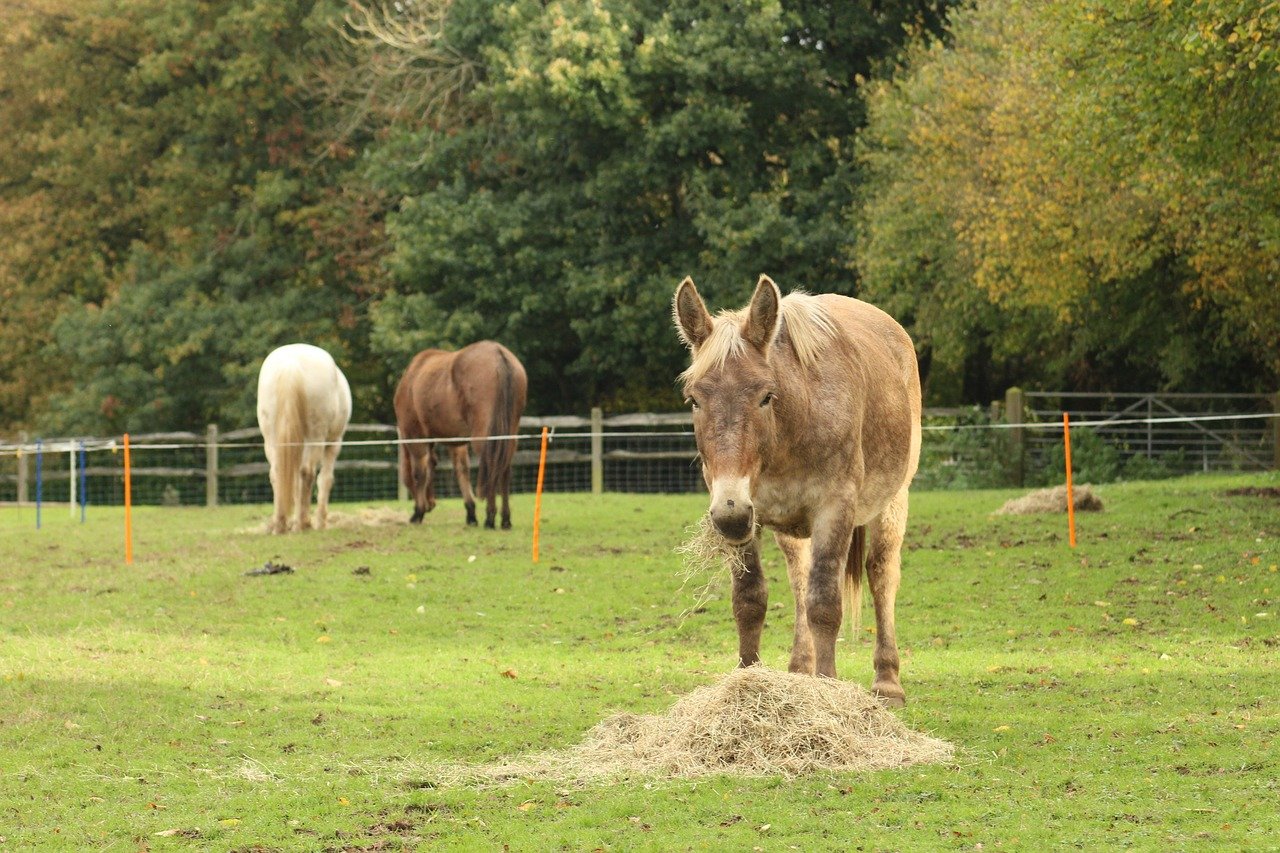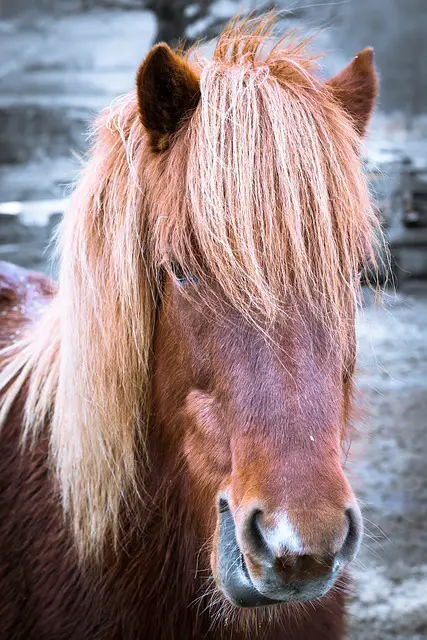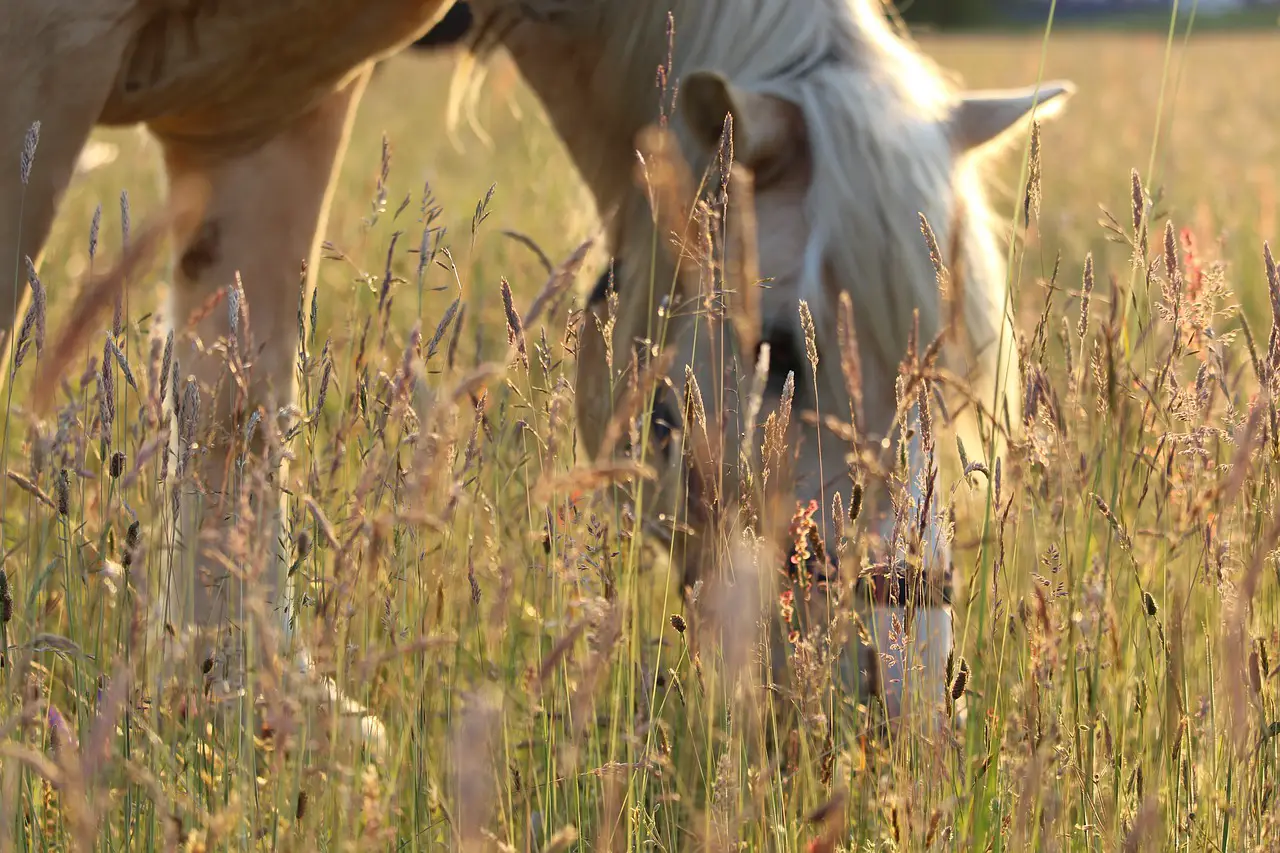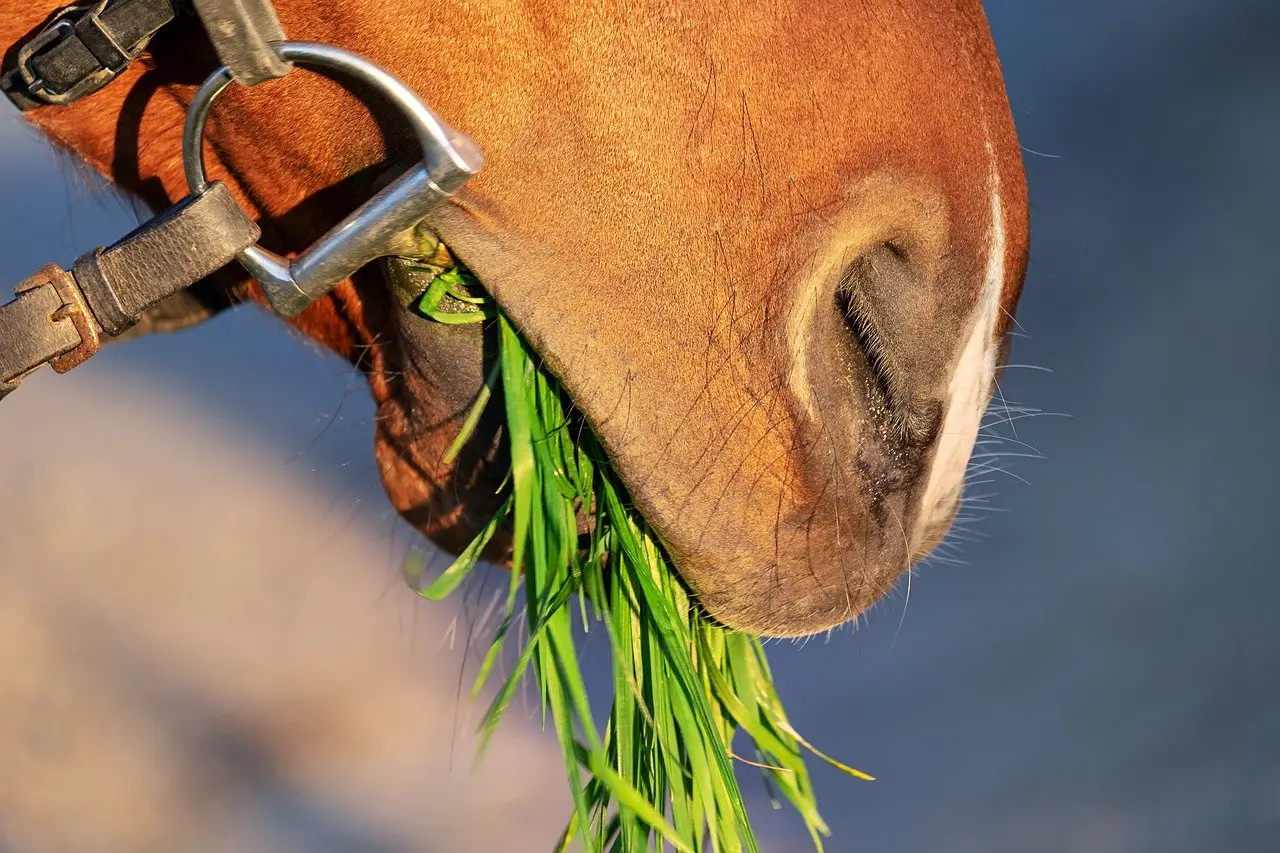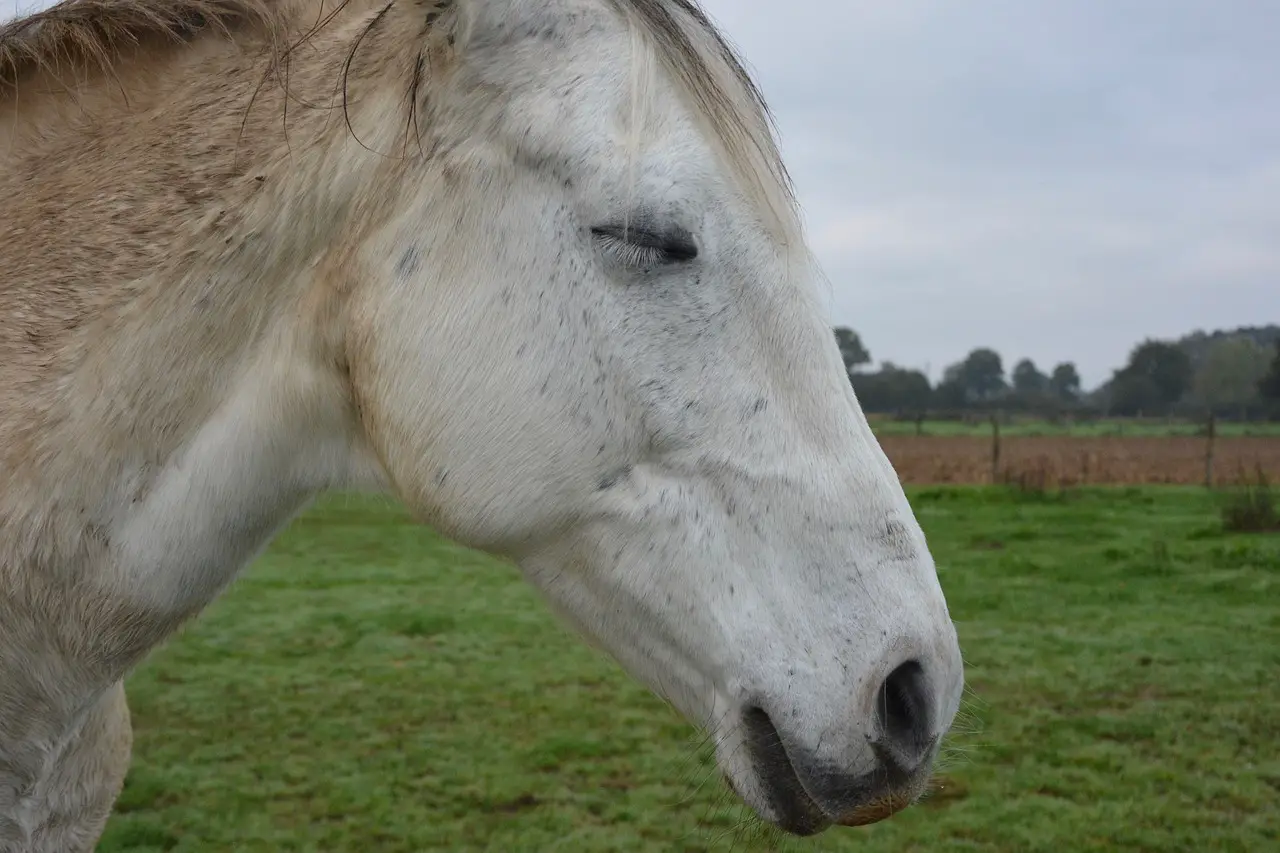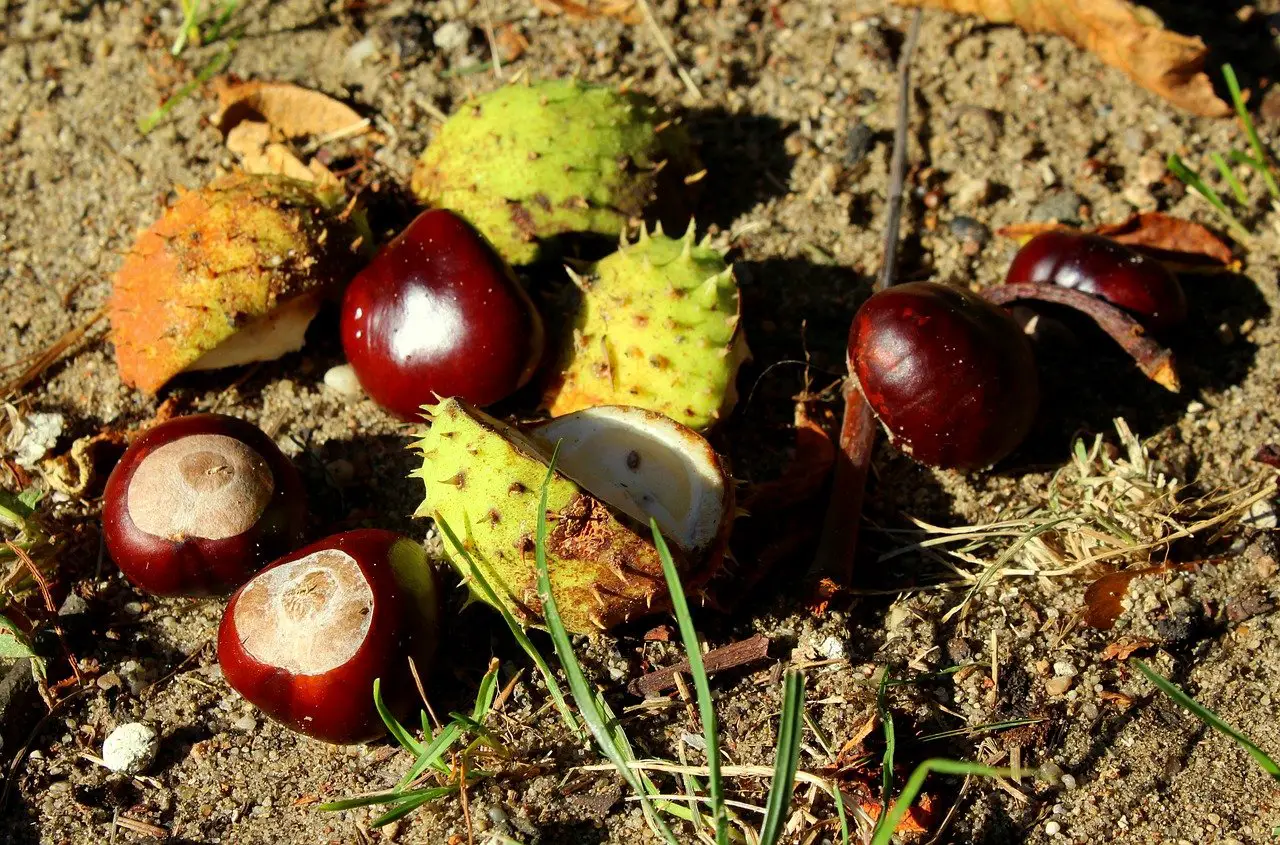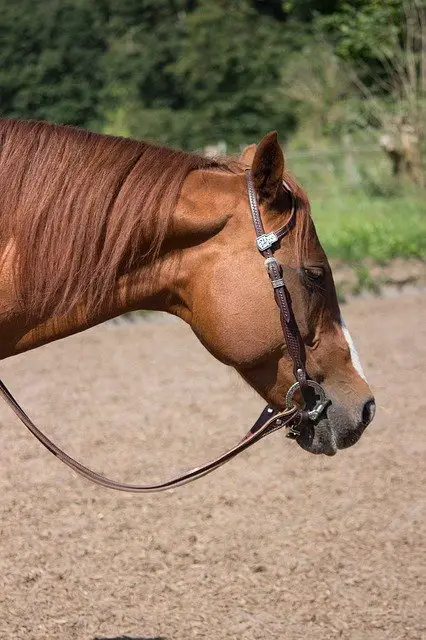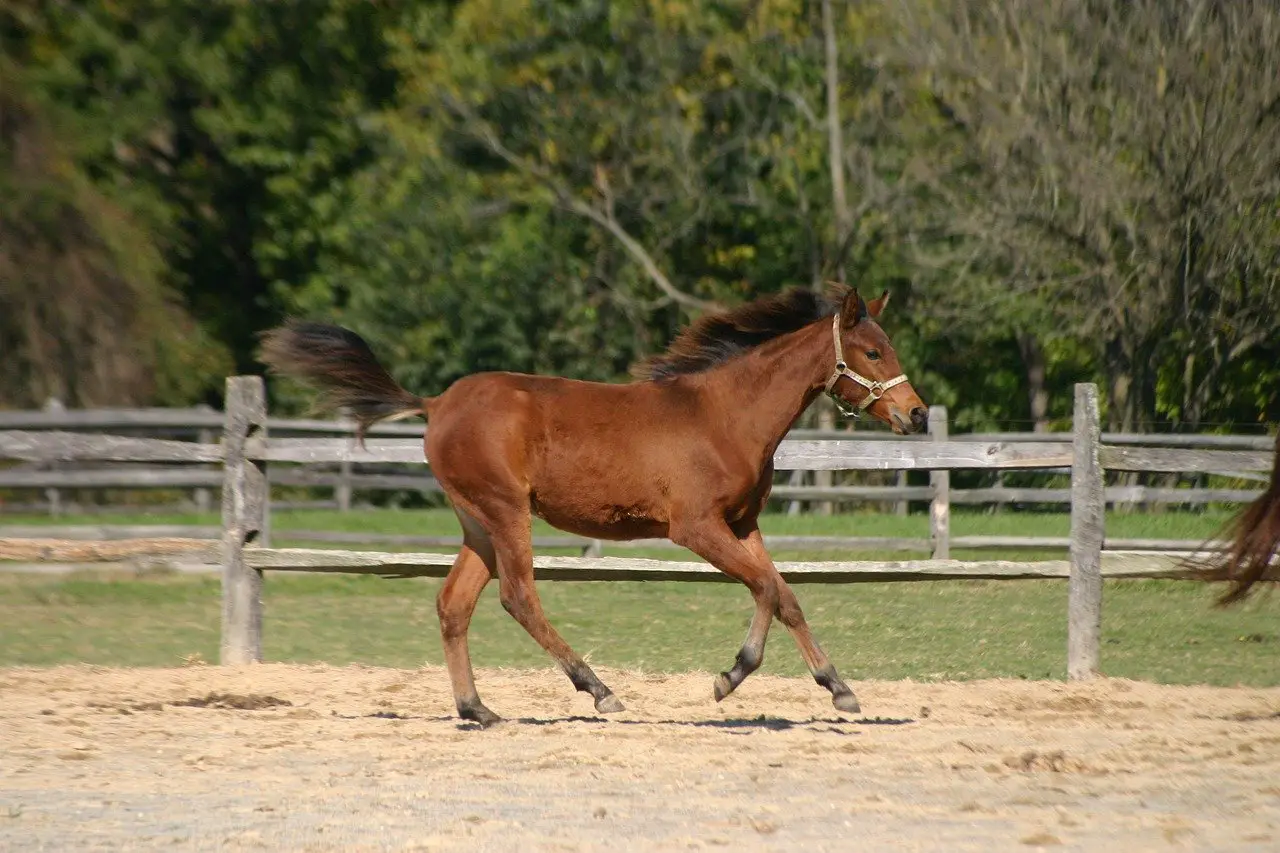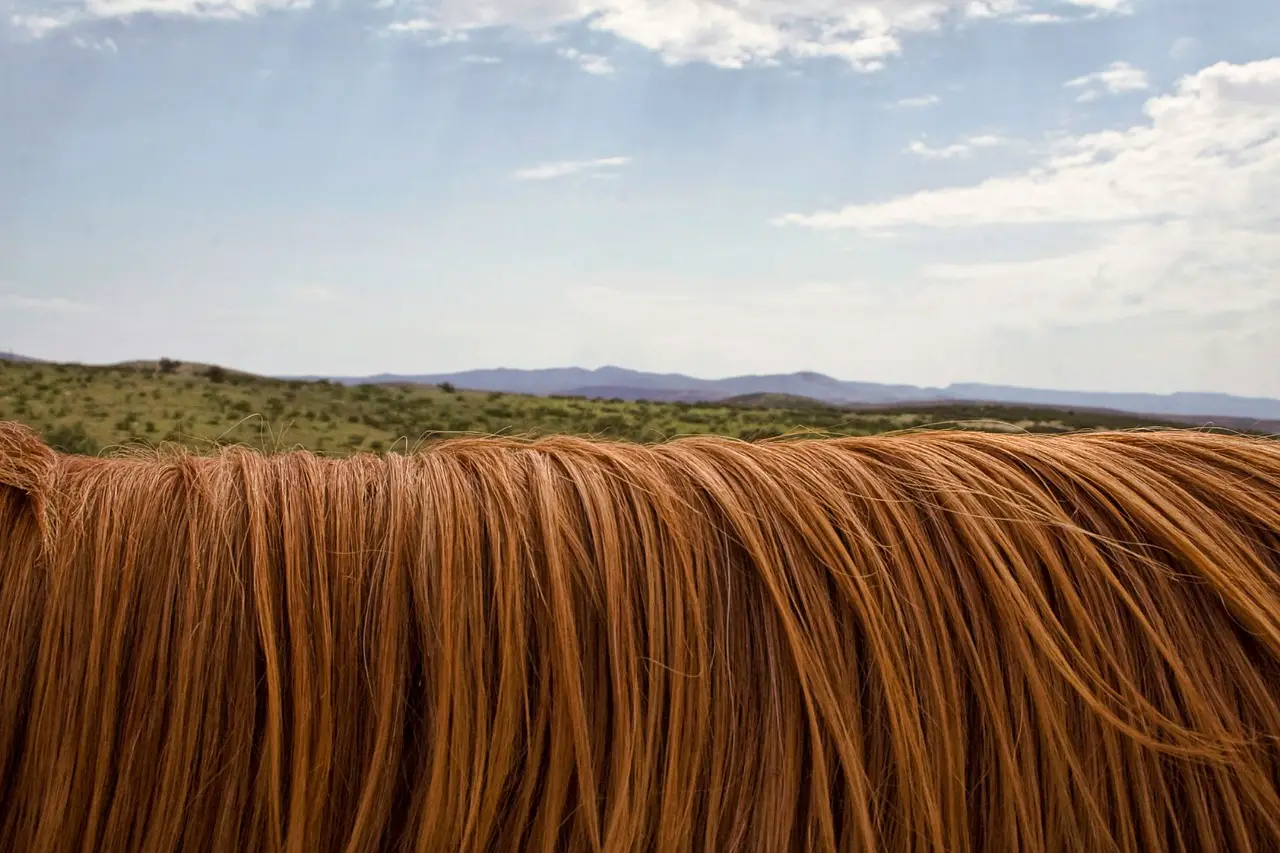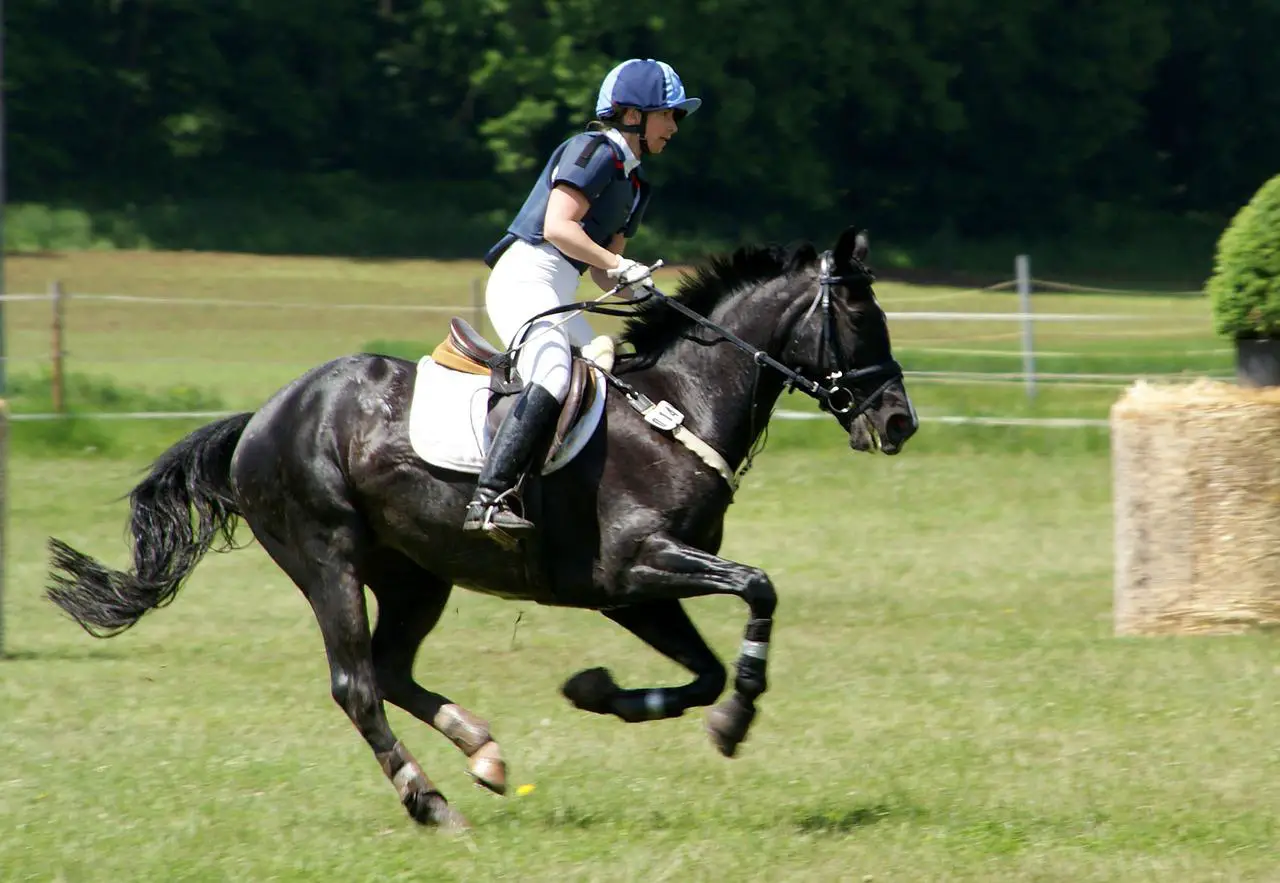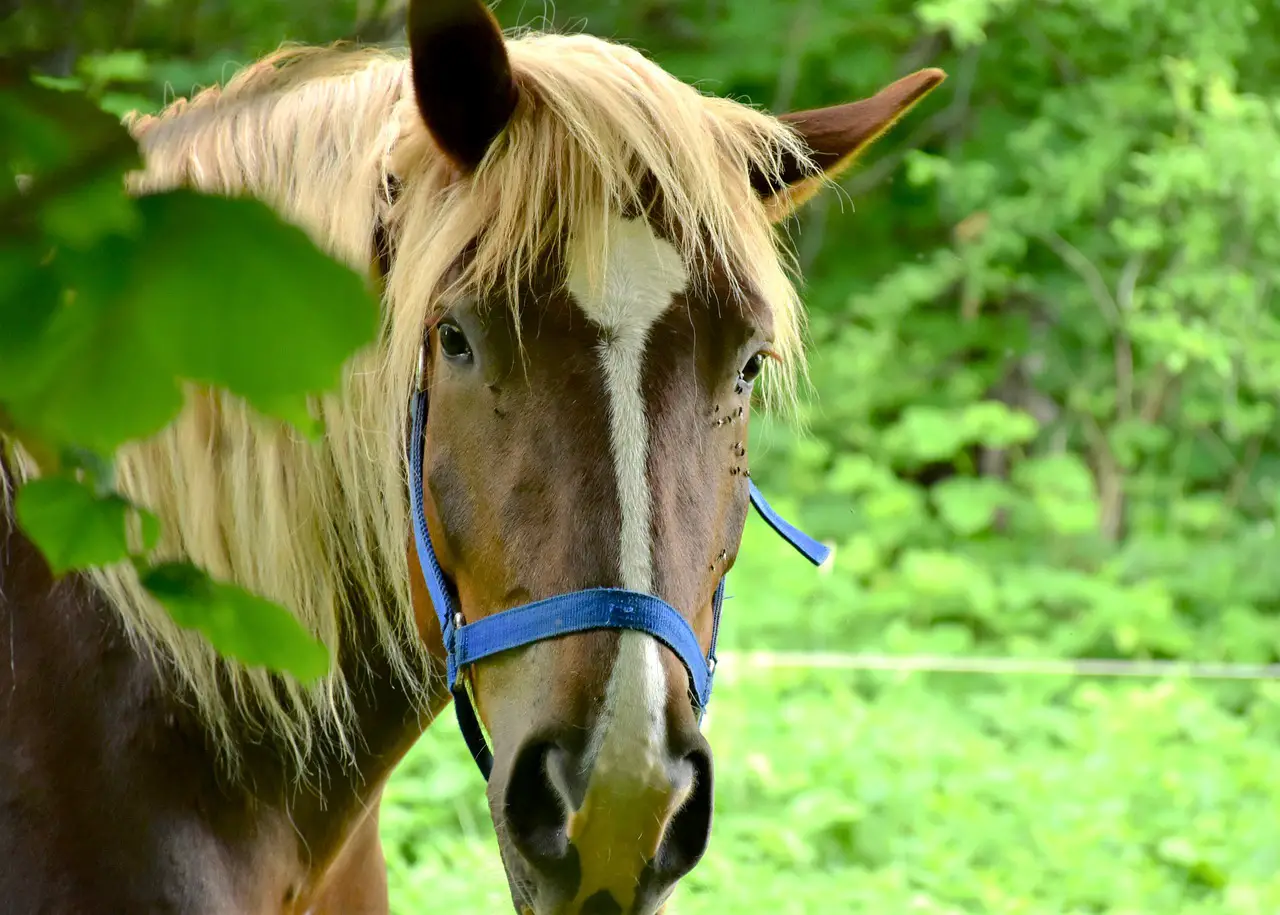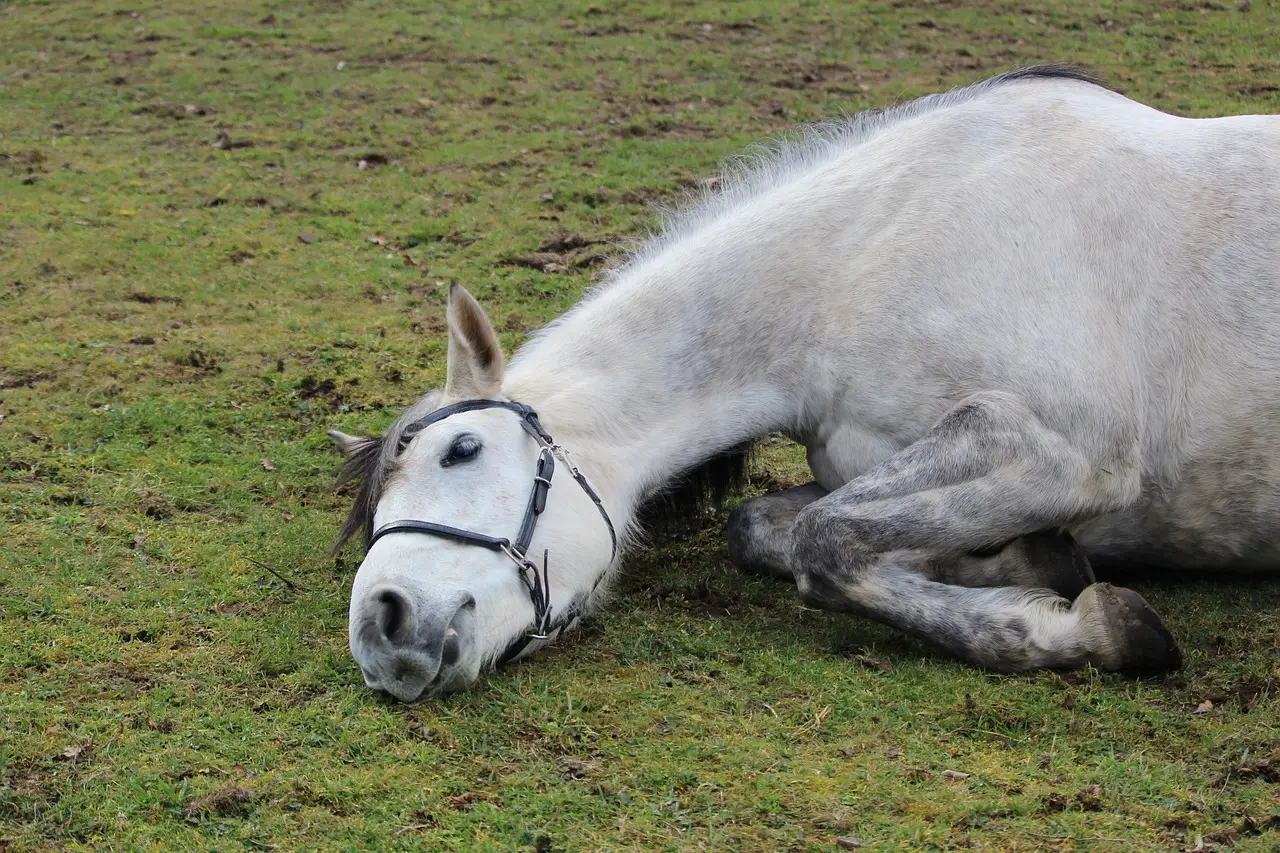Contents
- 1 About
- 2 Articles
- 2.1 Getting Ready for a Horseback Ride Day at Timber Valley Ranch
- 2.2 Women’s Riding Shirts: A Complete Guide to Choosing the Right One
- 2.3 Training Translations: What Your Dog Can Learn From A Horse Whisperer
- 2.4 Tips for a Flawless Transition to a New Equestrian Facility
- 2.5 Equine Anhidrosis
- 2.6 Heart Murmurs in Horses
- 2.7 Botulism in Horses & Other Mammals
- 2.8 TYING UP (EXERTIONAL RHABDOMYOLYSIS)
- 2.9 Semen Storage: The Benefits of Freezing Semen
- 2.10 Horse Strangles Vaccination Service
- 2.11 How do I know if my horse has an enterolith?
- 2.12 Should I feed my horse psyllium husks?
- 2.13 What is the difference between canine and wolf teeth in horses?
- 2.14 My horse has green discharge coming from their nose. What should I do?
- 2.15 Does flat beer help to treat colic?
- 2.16 FINDING A FARRIER
- 2.17 THE WHY, WHAT WHERE, WHEN AND HOW OF BREEDING
- 2.18 Stallion Health: Preventing the Spread of Sexually Transmitted Diseases
- 2.19 How often should I worm my horse?
- 2.20 How can I tell my horse’s age?
- 2.21 Pitch Horseshoes
- 2.22 Why Do Wild Horses Not Need Shoes?
- 2.23 Can Horses Drink Beer? A Pint of research goes a long way.
- 2.24 Windgalls in horses: What are they, why does your horse have them and how to get rid of them
- 2.25 How tall will your horse be? Figure it out here
- 2.26 Regu-mate for the moody mare – an owner’s guide
- 2.27 Cresty Neck Could Signal Equine Metabolic Syndrome
- 2.28 Why is there too much clover in my horse pasture?
- 2.29 How do I Feed Oats to my Horse?
- 2.30 Should I Feed Wheat Bran to my Horse?
- 2.31 Head Nodding
- 2.32 Mastitis and other mammary gland problems in the mare
- 2.33 Echinacea; Boost Your Horse’s Immune System and Fight Infection
- 2.34 What Is Hunter’s Bump In The Horse?
- 2.35 What is PEMF for horses and how does it help horses?
- 2.36 History of the Horseshoe
- 2.37 Horses, Donkeys, and Mules: Is There A Difference?
- 2.38 How Many Foals Can A Horse Have In Its Lifetime?
- 2.39 Skin Cancers
- 2.40 Equine Strangles
- 2.41 WHAT IS AN OTTB?
- 2.42 WHAT TO DO WHEN YOUR HORSE WON’T EAT
- 2.43 UNDERSTANDING PROTEIN QUALITY IN HORSE FEED
- 2.44 HOCK INJECTIONS
- 2.45 The Difference(s) Between Performance Horses and Other Horses
- 2.46 Why I Wouldn’t Bother with “Equine Chiropractic”
- 2.47 Licking and chewing: submission or stress?
- 2.48 Coping with a cold back
- 2.49 History of the Falabella Miniature Horse Breed
- 2.50 Chronic Weight Loss in Horses
- 2.51 Vitamin E: Synthetic or Natural?
- 2.52 Who said “stop the carrots”?
- 2.53 Ryegrass staggers: the danger to horses
- 2.54 Diet critical to the success of omeprazole in treating stomach ulcers in horses
- 2.55 Sex hormones appear to influence severe equine asthma in mares – study
- 2.56 Cannabidiol (CBD) and horses: What is it good for?
- 2.57 Five plus a day? Yes, you can add fruit to your horse’s diet
- 2.58 Vitiligo in horses: What we know so far
- 2.59 Steel horse shoes with polyurethane soles reduce risk of overloading front legs, findings suggest
- 2.60 Study of equine chimerism: When two horses become one
- 2.61 Everything you wanted to know about Yakutian horses, but were afraid to ask
- 2.62 Feeding magnesium to horses
- 2.63 Are goldfish an effective cleaner for horse troughs?
- 2.64 LEVERAGE BIT BASICS
- 2.65 Physitis/Epiphysitis in Foals. What is it?
- 2.66 What is Topline and How do you get it?
- 2.67 Horse Coughing Problems, Causes and Treatment
- 2.68 The Harmful Effects Of Lasix
- 2.69 What is a Caslicks procedure and why do some mares need them?
- 2.70 Distilling The Facts About Horses’ Kidneys
- 2.71 Is Your Horse Showing Signs of Problems in its Hind Legs?
- 2.72 Vaqueros, Cowboys and Buckaroos
- 2.73 Getting the Right Hackamore or Bosal
- 2.74 Sedating Your Horse
- 2.75 Peaceful Mane Pulling –
- 2.76 Tongue Resistance in the Dressage Horse
- 2.77 How to Determine If Your Horse Is Behind the Vertical (Without Mirrors!)
- 2.78 How to Ride a Shoulder-In
- 2.79 What Your Horse’s Tail Says About His Health
- 2.80 Schwarzwälder Kaltblut
- 2.81 Karabakh Horse
- 2.82 How Often Should You Have Your Horse’s Teeth Floated?
- 2.83 Squamous Cell Carcinoma
- 2.84 Melanoma in Horses
- 2.85 Why are Some Horses Mean?
- 2.86 Seedy-Toe or White Line Disease?
- 2.87 Grass Glands: Similar to Strangles but Not as Serious
- 2.88 Keeping Your Horses Legs Healthy
- 2.89 THE PRZEWALSKI’S HORSE (TAKHI) PROJECT
- 2.90 HOW TO IDENTIFY AN ILL-FITTING SADDLE
- 2.91 Do Horses Know Their Own Name?
- 2.92 How To Examine An Equine Placenta
- 2.93 Your Horse Has Uveitis? Here’s What You Need To Know
- 2.94 Osteochondrosis of the Stifle in Horses
- 2.95 Rupture of the Fibularis (Peroneus) Tertius in Horses
- 2.96 Vesicular Stomatitis in Horses
- 2.97 Uterine Prolapse in Horses
- 2.98 Disorders of the Conjunctiva in Horses
- 2.99 Lymphangitis in Horses
- 2.100 Anemia in Horses
- 2.101 Getting Ready for a Horseback Ride Day at Timber Valley Ranch
Company
Follow Me
Education
Expertise
- Grants
- Child Care
- Family Support
- Scholarships
About
Articles
Getting Ready for a Horseback Ride Day at Timber Valley Ranch
Last Updated on December 2, 2023 by Allison Price Timber Valley Ranch in Bellville provides rustic ranch settings perfect for hosting special events. They also offer birthday party packages as … Read more





